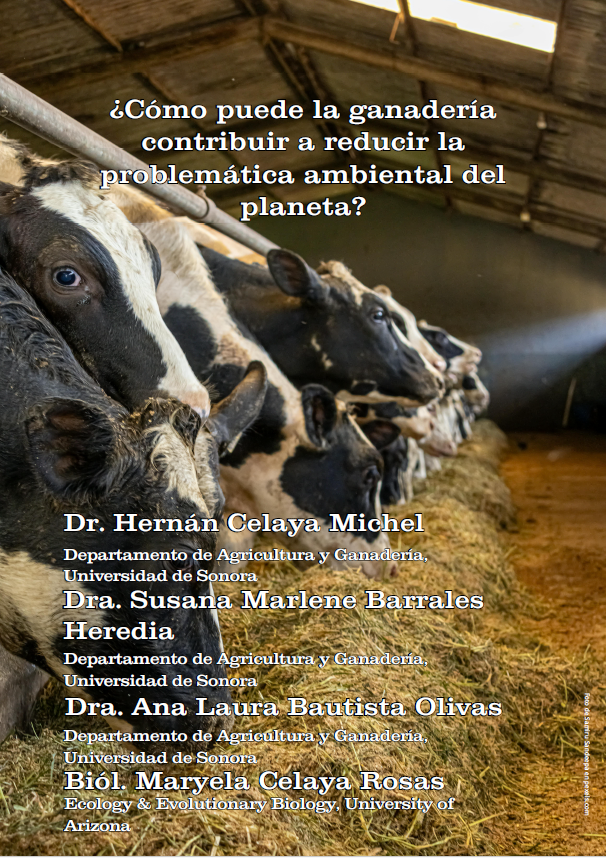¿Cómo puede la ganadería contribuir a reducir la problemática ambiental del planeta?
Abstract
Humanity today lives in what has been called a “perfect storm”, formed by land degradation, global climate change and population growth. It is called that way because they feed off each other, magnifying the global environmental problem. Livestock farming has been identified as one of the largest sources of greenhouse gas emissions, as a contributor to land degradation and global climate change. In the first link of beef production, which is the production of offspring on cattle ranches, the unsustainable use of grazing has caused land degradation, in some cases. When this is of a very large magnitude in terms of recovery time and economic resources necessary to recover livestock ecosystems, it is called desertification. Here we present some sustainable alternatives for the beef production livestock sector, which can contribute to reducing the planet’s environmental problems, based on the theory of functional connectivity of the landscape and multi-year monitoring of areas with management to recover degraded ecosystems.
Downloads
References
Brenner, J. C., Pasture conversion, private ranchers, and the invasive exotic buffelgrass (Pennisetum ciliare) in Mexico’s Sonoran Desert, Ann. Assoc. Am. Geogr. 101[1], pp.84–106, 2011.
Celaya-Michel, H. Impactos del cambio en el uso del suelo en la disponibilidad de recursos y funcionamiento de ecosistemas en la Región Central de Sonora, y su relación con los procesos de desertificación [Tesis de doctoral]. Universidad de Sonora. 2015.
Chapin, F.S., Matson P.A. y Mooney H.A., Principles of Terrestrial Ecosystem Ecology, Springer. pp.202-211, 2002.
Elmqvist, T., Folke, C., Nyström, M., Peterson, G., Bengtsson, J., Walker, B. y Norberg, J., Response diversity, ecosystem change, and resilience, Frontiers in Ecology and the Environment, 1[9], pp.488-494, 2003.
Dregne, H. E. y Chou, N. T., Global desertification dimensions and costs. Degradation and restoration of arid lands, pp.73-92, 1992.
Instituto Nacional de Ecología y Cambio Climático (INECC) y Secretaría de Medio Ambiente y Recursos Naturales (Semarnat). Primer Informe Bienal de Actualización ante la Convención Marco de las Naciones Unidas sobre el Cambio Climático. INECC/Semarnat, México. 2015.
Millennium Ecosystem Assesment (MEA), Ecosystems and Human Well-Being: Desertification Synthesis, World Resource Institute, pp. 137, 2005
Okin, G. S., Parsons, A. J., Wainwright, J., Herrick, J. E., Bestelmeyer, B. T., Peters, D. C., y Fredrickson, E. L., Do changes in connectivity explain desertification?, BioScience, 59[3], pp.237-244, 2009.
U.N.C.C.D., Elaboration of an International Convention to Combat Desertification in countries experiencing serious drought and/or desertification, particularly in Africa, A. AC, pp.241, 270, 1994.






